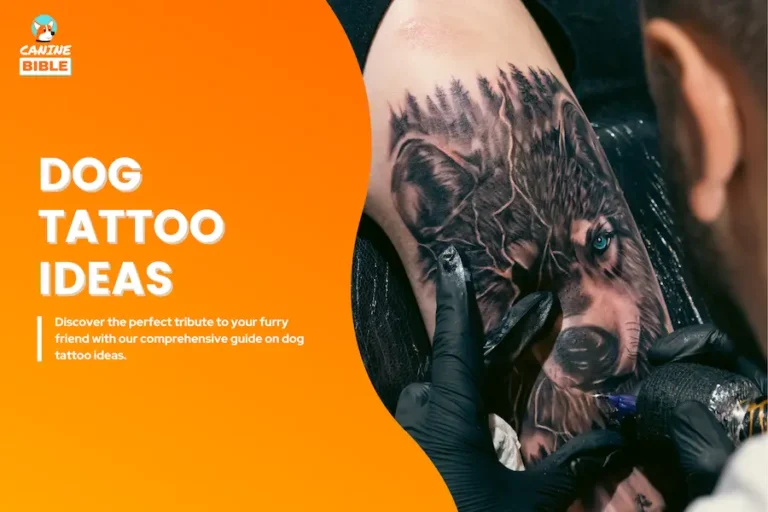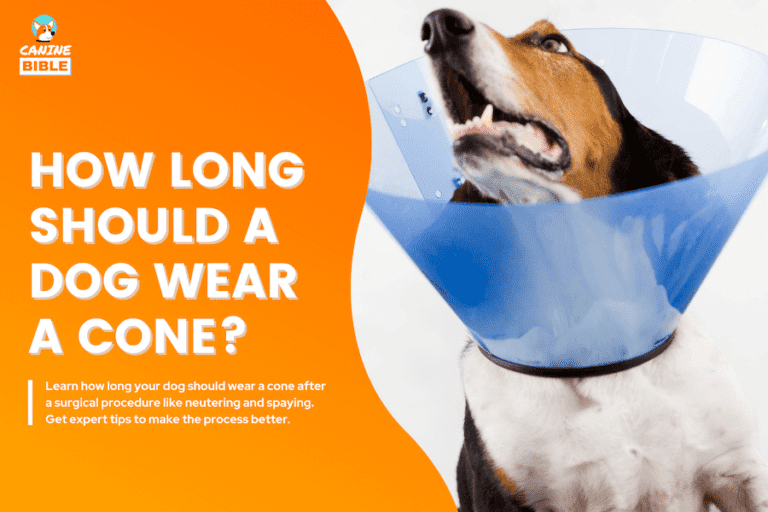How Long Should Your Dog Wear A Cone After Surgery?
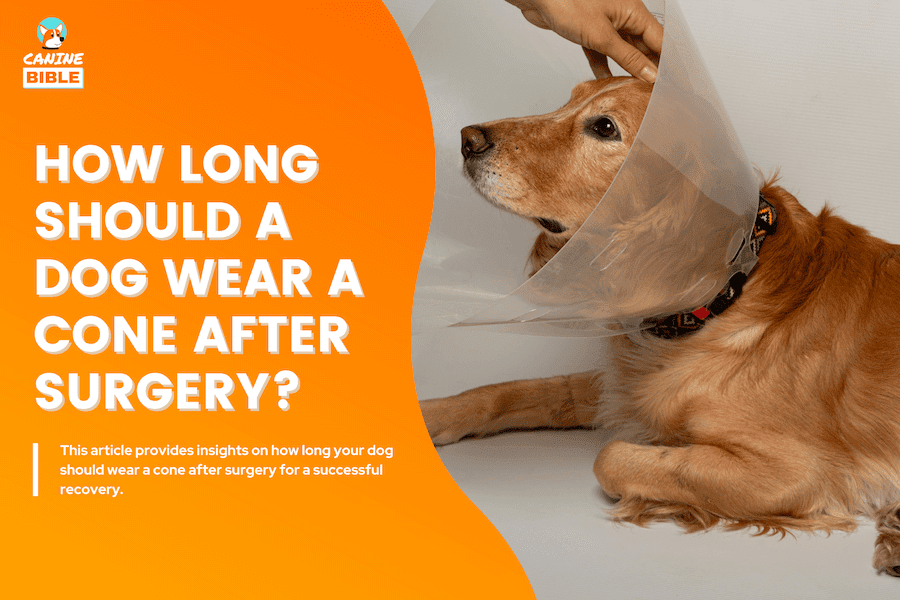
Canine Bible is reader-supported. We receive affiliate commissions via some of our links. This doesn’t affect rankings. Learn more.
Did your dog undergo surgery due to an injury or medical condition? If so, you’ve probably been using a dog cone to promote faster healing and prevent complications. One of pet parents’ most common questions is how long their dog should wear a cone after surgery. The answer depends on the type of surgery, healing progress, and your vet’s advice. In this article, we will discuss the different factors determining how long your dog should wear a cone after surgery, specific surgery cone wearing duration, and tips on how to help your dog cope with wearing a cone. Let’s get started!
Why Do Dogs Need To Wear Cones After Surgery?
A dog cone, also known as an Elizabethan collar or E-collar is a protective device designed to prevent dogs from licking, biting, or scratching their surgical wounds or injured areas. This is crucial because self-inflicted trauma can lead to complications such as infections, delayed healing, or even re-opening of the surgical incision.
The cone forms a barrier around your dog’s head and neck, limiting its access to the affected area. Typically made from plastic, fabric, or a combination of materials, the cone is shaped like an inverted lampshade and is secured around the dog’s neck with adjustable straps or fasteners. The wide end of the cone extends beyond the dog’s nose, making it difficult for them to reach the surgical site or injury.
When wearing a cone, your dog’s peripheral vision and mobility may be somewhat restricted. However, this temporary inconvenience is essential to promote healing and prevent complications. Pet owners must monitor their dogs closely while wearing a cone, ensuring that they can eat, drink, and navigate their environment safely. Additionally, providing comfort and reassurance during this period can help your dog adjust to the cone more easily.
How Long Should Your Dog Wear A Cone After Surgery?
The length of time a dog should wear a cone (also known as an Elizabethan collar or E-collar) after surgery varies depending on the specific procedure and individual healing process. Generally, dogs should wear a cone for 10 to 14 days following surgery. However, always consult your veterinarian for specific recommendations tailored to your dog’s situation.
Dr. Ochoa says a cone should stay about 7 to 10 days. Regardless of the type of surgery, the cone should stay on until the incision site is healed and the sutures are removed. Your vet may have to extend dog cone-wearing if the incision has not healed completely.[1]
Your veterinarian will take into consideration factors such as:
Never remove the cone without your vet’s authorization. Always follow your veterinarian’s instructions, and schedule follow-up appointments to ensure your dog is healing properly.
How Long Should A Dog Wear A Cone After Surgery? (By Surgery Type)
How many days or weeks your dog wears a cone depends on the type of surgery
Here are the most common surgeries requiring dogs to wear cones and how long it has to pass before removing their cones.
How Long Should A Dog Wear A Cone After Eye Surgery?
Michigan State University’s Veterinary Medical Center says dogs must always wear a protective Elizabethan collar for approximately four weeks following cataract surgery.[2]
For other eye surgeries to correct things like glaucoma, corneal ulcers, and eyelid entropion, expect your dog to be in a cone for up to two weeks. But your vet will have to decide when to take it off.
How Long Does A Dog Have To Wear A Cone After TPLO Surgery?
TPLO (Tibial Plateau Leveling Osteotomy) is one of the most widespread orthopedic surgeries performed on dogs who have torn their cranial cruciate ligament, also known as a dog’s torn ACL.
Typically, the first 12 weeks following the surgery are key for recovery. Your dog must keep the cone on as long as your veterinarian recommends. Knee incisions may be sore after two weeks, but your dog should be able to see a decrease in swelling, bruising, and redness. Dogs after TLPO surgery may have to wear the cone for up to a month or less. Full TLPO surgery recovery can take up to 6 months.
How Long Does A Dog Have To Wear A Cone After Entropion Surgery?
Entropion is a condition in dogs where your eyelid turns inward so that your eyelashes and skin rub against the eye surface. The treatment for entropion is eye surgical correction. A section of skin is removed from the affected eyelid to reverse its inward rolling.
According to South Eastern Animal Hospital, dogs must wear a cone until suture removal to prevent rubbing the eyes with a paw or on the carpet, causing trauma, and removing sutures. The sutures are removed 14 days post-surgery, so you can expect your pup to be cone-free two weeks after Entropion Surgery.[3] Your pet’s eyes will take weeks to heal and, usually, within a month, will return to normal.
How Long Should A Dog Wear A Cone After ACL Surgery?
Dog ACL surgery requires making a small cut at the top of the tibia bone. Most clinics will remove sutures or staples on or around day 14 post-surgery. Your vet will also remove the cone around if the incision has closed completely and there is no infection.
Always keep the cone on your dog so your pet’s licking does not irritate the incision. The total recovery period for ACL dog surgery is about 12 to 16 weeks.
How Long Should Dog Wear Cone After Knee Surgery?
The most prevalent reason for knee surgery in dogs is when they tear their cranial cruciate ligament. The CCL in your dog’s knee is the same as the ACL in your knee. There are many surgical options to repair the CCL.
Regardless of the surgery method chosen, your dog may need to wear a cone for 2-4 weeks.
How Long Does A Dog Have To Wear A Cone After Ear Cropping?
Ear cropping is when the floppy part of the ear is cut into a more desired shape. The common breeds that undergo ear-cropping are Dobermans, Boxers, Great Danes, and Schnauzers. Because ears are a sensitive body part, dogs that have undergone ear cropping surgery may need to keep their cones for 2 to 3 weeks.
While most surgical wounds take about two weeks to heal and most sutures and staples are often removed around 10-14 days, ear lesions may take more than 10-14 days to heal completely. In the case of Dobermans, for the ears to heal at the desired upright precision after surgery, they must be “posted” to a hard surface and taped until completely healed. Bandages need to be changed weekly, typically. The entire process can last from 4-8 weeks.
Be sure only to remove the cone with your vet’s approval. Your pup may need to wear a cone for more than four weeks.
How Long Should A Dog Wear A Cone After Surgery With Stitches?
Removing a dog cone after stitches depends on the type of surgery. Dog surgical stitches stay long enough to promote complete healing and need to be removed by a vet. Typically, stitches are usually removed 10-14 days after the operation. At this time, your vet may also remove your dog’s cone.
Naturally, a less invasive operation, such as ear cropping, should heal within 3 to 4 weeks. A more complicated surgery, such as a hip replacement, could take several months to heal completely. Your veterinarian may choose to extend cone-wearing until he deems it’s safe for your dog not to wear one.
Tips for Helping Your Dog Adjust to a Cone After Surgery
Make dog cone-wearing after surgery easier for dogs with these tips.
Introducing The Cone to Your Dog
Introduce the cone to your dog calmly and positively, allowing them to sniff and inspect it while reinforcing the experience with treats, praise, and gentle petting. If possible, have your dog wear the cone for short periods before surgery to help them acclimate to the new sensation.
Ensuring Proper Fit And Comfort
Ensure a proper cone fit by measuring your dog’s neck, selecting a comfortable material, securing it snugly without being too tight, and monitoring for any chafing or irritation, making adjustments as needed.
Monitoring Dog’s Behavior While Wearing The Cone
Monitor your dog’s movements, ensure easy access to food and water, maintain a consistent routine, provide mental stimulation, and regularly check the surgical site to help your dog adjust to wearing the cone and promote proper healing.
Cone Dog Alternatives For Post-Surgery Care
Traditional dog cones can be uncomfortable and stressful when your furry friend requires post-surgery or injury recovery assistance. Fortunately, alternative options are available to keep your pet comfortable and safe during its recovery.
When considering alternatives to dog cones, you must talk to your veterinarian to determine which option is best for your pet’s needs. With the right recovery aid, your pet can heal comfortably and stress-free.
How Long Should Dogs Wear Cone After Surgery — Frequently Asked Questions
How Long Should A Dog Wear A Cone After Surgery? — Conclusion
Dog cones are vital in protecting the surgical site from self-inflicted trauma, which can lead to complications and delayed healing. Ensuring your dog wears the cone for the recommended duration is crucial for a successful recovery. Always follow your veterinarian’s instructions and recommendations for post-surgery care. Monitoring your dog’s healing progress, adjusting the cone as needed, and scheduling follow-up appointments will help ensure the best possible outcome for your dog’s recovery.
Did your dog just got neutered or spayed, check out our article on when to take cone off dog after neuter or spay.
Like It? Subscribe & Share!
Canine Bible authorship represents the unified voice of our entire editorial team and our in-house veterinarians rather than a single author. Each article, blog post, and review published under the Canine Bible name undergoes a rigorous review process, involving all team members to guarantee accuracy and up-to-date in accordance with the latest veterinarian research. This collaborative effort is an integral part of our editorial process and aligns with our four pillars of content creation. This approach ensures our content is backed by expert knowledge and factual information, offering our readers reliable, actionable, and trustworthy content.


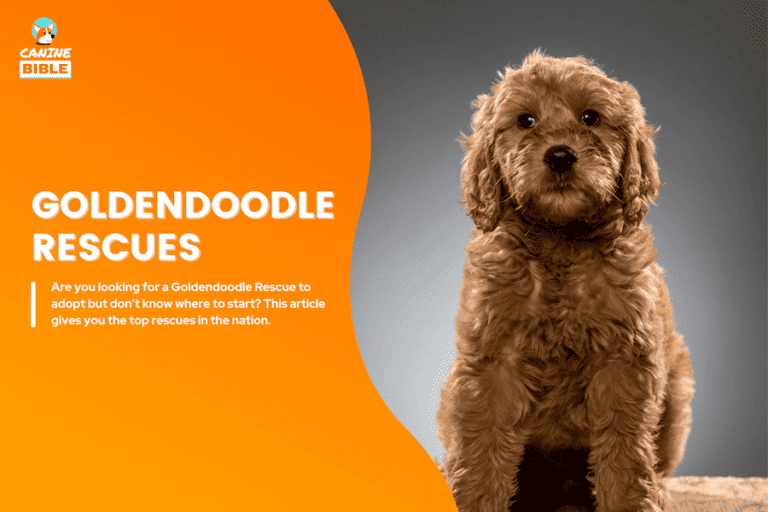
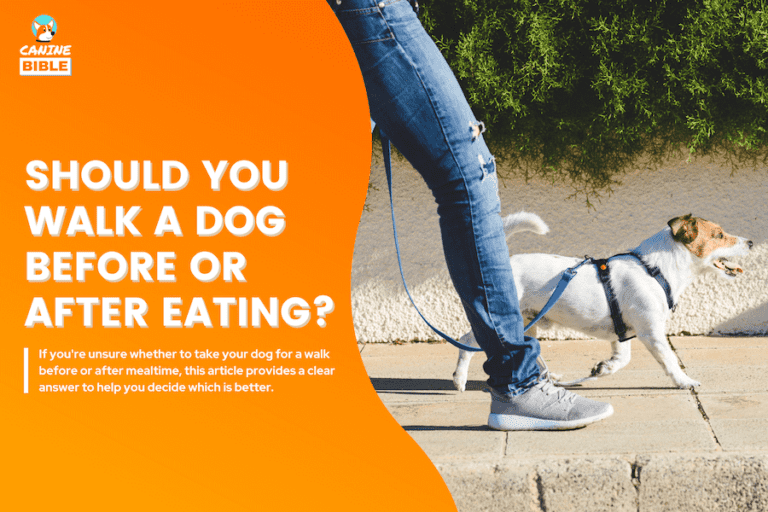
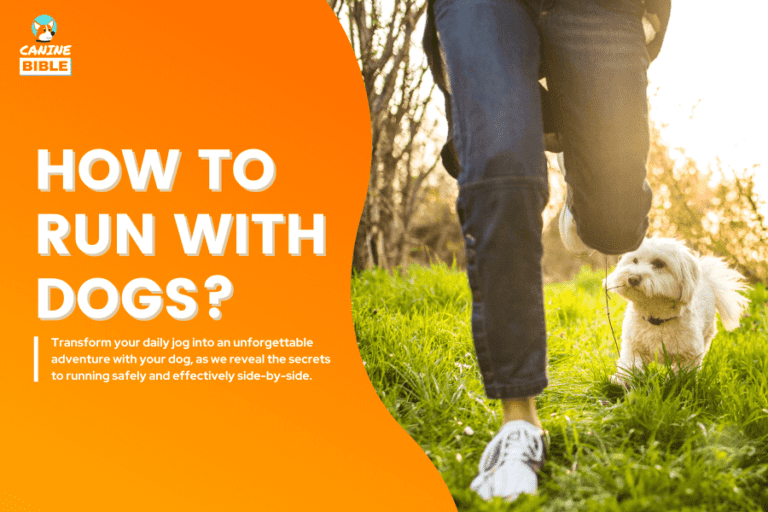
![Dog Food Recalls 2024: What Dog Food Is On Recall Right Now? [UPDATED]](https://www.caninebible.com/wp-content/uploads/2023/02/dog-food-recall-2-768x512.png)
